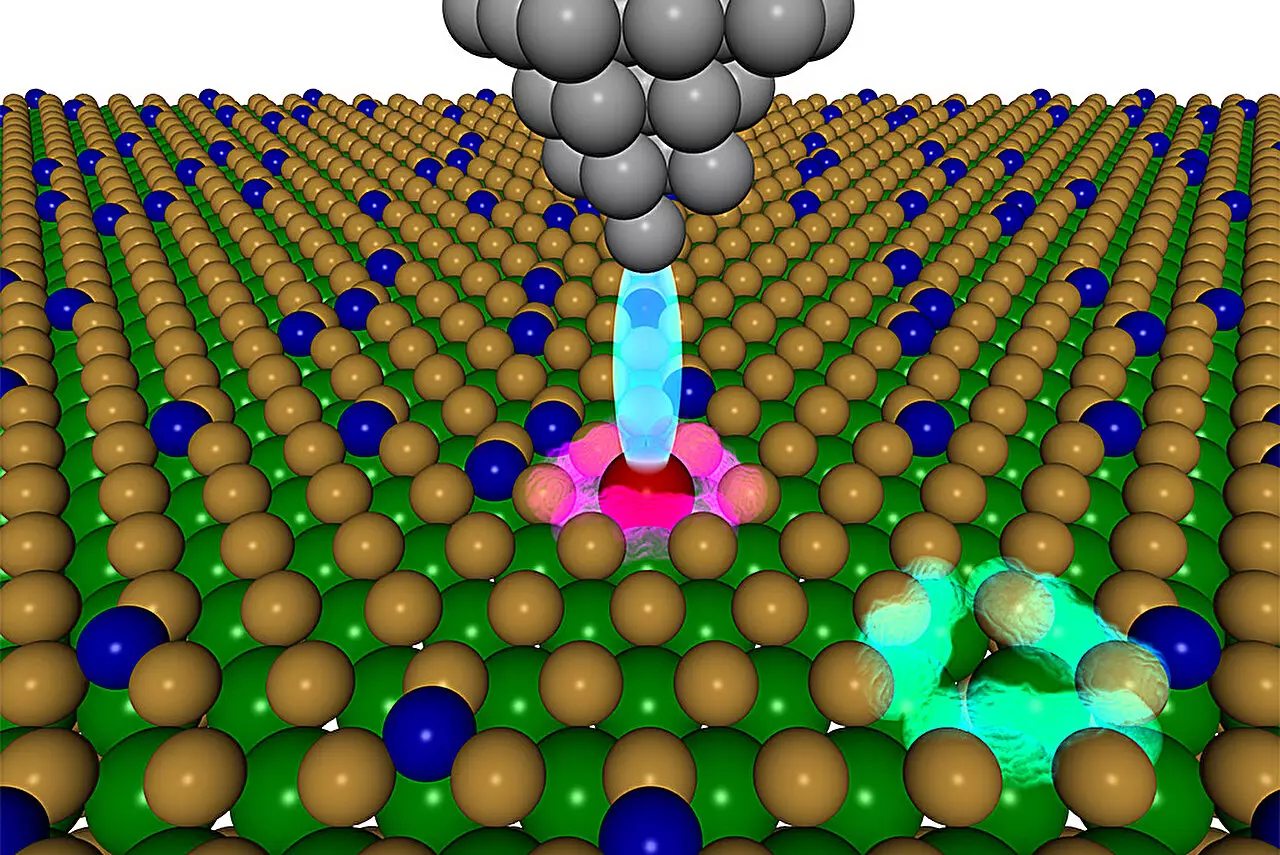The emerging field of quantum information science is on the cusp of a material revolution, thanks to groundbreaking research led by scientists at the Lawrence Berkeley National Laboratory and their collaborative partners. Published in the prestigious journal *Nature Communications*, this study indicates a significant paradigm shift in the way materials for quantum applications are identified and perfected. Instead of relying on the traditional trial-and-error approach, which can be both time-consuming and inefficient, researchers have utilized advanced computational methods to rapidly predict the properties of various materials. This innovative technique holds the potential to unlock a plethora of high-performance materials that could drastically alter computing, communication, and sensor technology.
From Theory to Practice: A New Methodology
At the heart of this remarkable achievement lies a two-pronged approach, integrating theoretical computational screening with cutting-edge fabrication techniques. Alex Weber-Bargioni, a principal investigator at Berkeley Lab’s Molecular Foundry, emphasizes the synergistic nature of these methods. By first employing computational predictions to narrow down hundreds of potential materials to a selected shortlist, researchers can then focus their experimental efforts on samples that are likely to yield significant results. This method is game-changing in the scientific landscape, as it radically reduces the investigation timeframe for discovering functional quantum materials.
The application of theoretical knowledge to guide practical experimentation is not just a matter of convenience; it enables a targeted pursuit of atomic-scale defects that can be engineered for specific electronic properties relevant to quantum applications. Geoffroy Hautier, the project’s lead investigator, notes that these defects must possess very precise characteristics in order to be viable for quantum functionalities such as excitation and emission of light at desired electromagnetic wavelengths.
The Promise of Two-Dimensional Materials
Two-dimensional (2D) materials have emerged as frontrunners in the search for ideal quantum hosts, showcasing unique electronic properties and heightened tunability. However, harnessing the potential of 2D materials isn’t without challenges. The sheer multitude of potential defects—derived from various atomic substitutions—demands advanced screening techniques to effectively identify those with desirable quantum attributes. The sheer complexity of traversing the periodic table reveals the vastness of material possibilities, which may seem overwhelming but, when approached methodically, can yield extraordinary results.
Utilizing tungsten disulfide (WS2) as a case study, the researchers employed high-throughput computational methods to analyze over 750 potential defect configurations, substituting tungsten or sulfur atoms with 57 different elements. This systematic exploration is unprecedented in its scale and precision, leading directly to the discovery of a cobalt defect that demonstrated exceptional quantum properties previously unobserved in WS2.
Collaboration is Key
One of the noteworthy elements of this research collaboration is the effective melding of theoretical and experimental approaches among the diverse team, including Dartmouth College, Penn State, and Université Catholique de Louvain. By maintaining open lines of communication and continuous feedback, the team was able to refine their methodologies and ensure that both theorists and experimentalists remained aligned in their goals. This collaborative ethos was described as the “secret sauce” that ultimately propelled the study toward success.
Such interdisciplinary cooperation is crucial, particularly in complex fields where breakthroughs often require insights across multiple domains. The researchers have recognized that combining efforts leads to superior outcomes, and they plan to carry this principle forward in their future investigations.
Implications for the Future of Quantum Applications
The implications of these findings are both profound and far-reaching. By creating a publicly accessible database named the Quantum Defect Genome, researchers are inviting the scientific community to engage in collective discovery. This platform not only facilitates researchers in contributing additional data but also aims to grow a comprehensive repository of defects across various host materials, which could become invaluable in future studies.
As experimentalists now turn their attention to fabricating the cobalt defect, the methodology they’ve developed offers a level of control previously unattainable. Their precision in placing individual atoms using advanced techniques—akin to playing with LEGO bricks—heralds a new era of atomic-level manipulation that could pave the path for remarkable quantum applications. The successful experimental validation of the predictions has cemented the credibility of the computational approach, showcasing its potential for accelerating advancements in material science.
Looking Ahead: The Future of Quantum Defects
As the research team contemplates their next steps, the journey doesn’t stop here. Their plan includes further examination of the electronic properties of the cobalt defect while simultaneously exploring avenues to enhance its performance. Moreover, they aim to extend their novel methodologies to uncover additional high-performance defects—an endeavor essential for addressing the intricate challenges faced in quantum mechanics. The quest to create materials that can withstand trivial disturbances, such as vibrational noise, speaks to the need for lasting solutions in the domain of quantum technology.
The merged horizons of theoretical insight and experimental craftsmanship signify a pivotal juncture in materials science, where the combination of these approaches promises not merely incremental advances, but potentially groundbreaking discoveries that could redefine the landscape of quantum applications for years to come.

